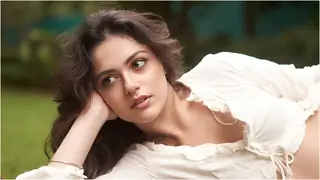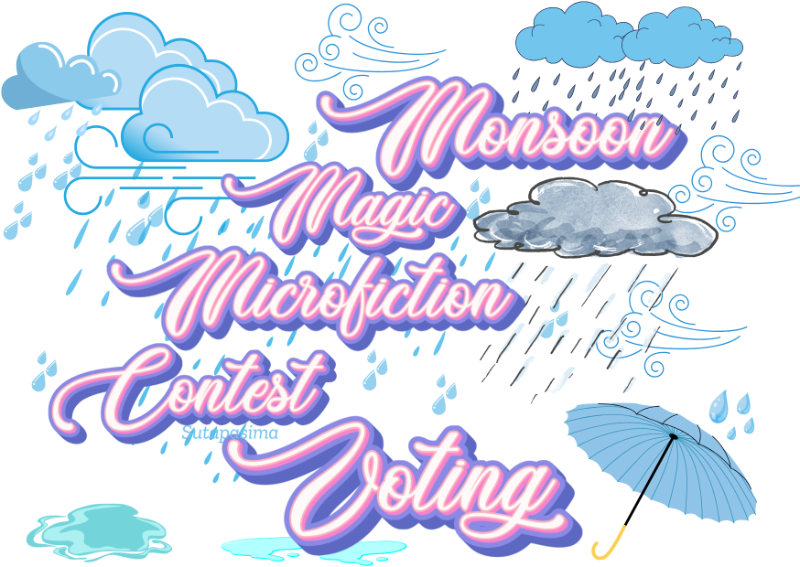Traditional Odissi repertoire consists of:
Mangalacharan- An invocational piece. After paying homage to Lord Jagganath a sloka (hymn) in praise of some God or Goddess is sung, the meaning of which is brought out through dance. Mangalacharan also includes the 'bhumi pranam', begging forgiveness of mother earth for stamping on her, and the 'trikhandi pranam' or threefold salutation - above the head to the Gods, in front of the face to the gurus and in front of the chest to the audience.
Battu Nrutya- A dance piece offered to the Lord of dance - God Shiva in his 'Batuka Bhairava' form. This piece brings out the essence of Odissi. The interrelationship between temple sculptural art and Odissi dance is established with an array of sculpturesque poses taken directly from the innumerable dancing sculptures adorning the temples of Orissa. These poses are stringed together with steps in different rhythms.
Pallavi- A pure dance item in which a raga is elaborated through eye movements, body postures & intricate footwork. Pallavi literally means "blossoming". This is applicable not only to the dance, but also to the music, which accompanies it. Pallavi starts with slow, graceful & lyrical movements of the eyes, neck, torso & feet & slowly builds in a crescendo to climax in a fast tempo at the end. Both the dance and the music evolve in complexity as the dancer traces multiple patterns in space, interpreting the music dexterously in the multilayered dimensions of taal (rhythm) and laya (speed).
Abhinaya- An expressional dance where a story conveyed to the audience through mudra or hand gestures (the language of Indian classical dance), facial expression and body movement. Abhinaya can be performed on verses in Sanskrit or Oriya. Most common are Abhinayas on Oriya songs or Sanskrit Ashthapadis or Sanskrit stutis like Dasavatar Stotram (depicting the ten incarnations of Lord Vishu) or Ardhanari Stotram. Most of the abhinaya compositions are based on the Radha-Krishna theme. The Astapadis of the kvya 'Gita Govinda' written by the Saint Jayadev are an integral part of its repertoire . The beginning pieces are dedicated to God of Orissa, Lord Jagannatha - an incarnation of God Vishnu.
Dance drama- Usually longer than Abhinaya and typically performed by more than one dancers. Some of the much appreciated dance dramas composed by Guru Kelucharan Mahapatra are: Sudama Dharitra Bhanjana, Mathamani Pradhana, Balya Leela, Rutu Samhara, Krishna Sudama, Dushmanta Sakuntala, Utkala Mauda Mani, Yagnaseni, Meghadoot, Kumara Sambhava, Sapan Nayaka. Usually Hindu mythologies are chosen as themes, but experimenting with the theme and form in recent years have led to extremely unique creations. Some worth-mentioning themes in recent years are Panchakanya, Ganga yamuna, Shrita kamalam, Mrutyuh and Tantra.
Moksha- The concluding item of a recital. Moksha means "spiritual liberation". This dance represents a spiritual culmination for the dancer who soars into the realm of pure aesthetic delight. Movement and pose merge to create ever new patterns, ever new designs in space and time. The dance moves onto a crescendo that is thrilling to both, the eye and the ear. With the cosmic sound of the "Om", the dance dissolves into nothingness — just like Moksha or the deliverance of the soul in real life.
[YOUTUBE]http://www.youtube.com/watch?v=YUSBM4R67VI[/YOUTUBE]




















1